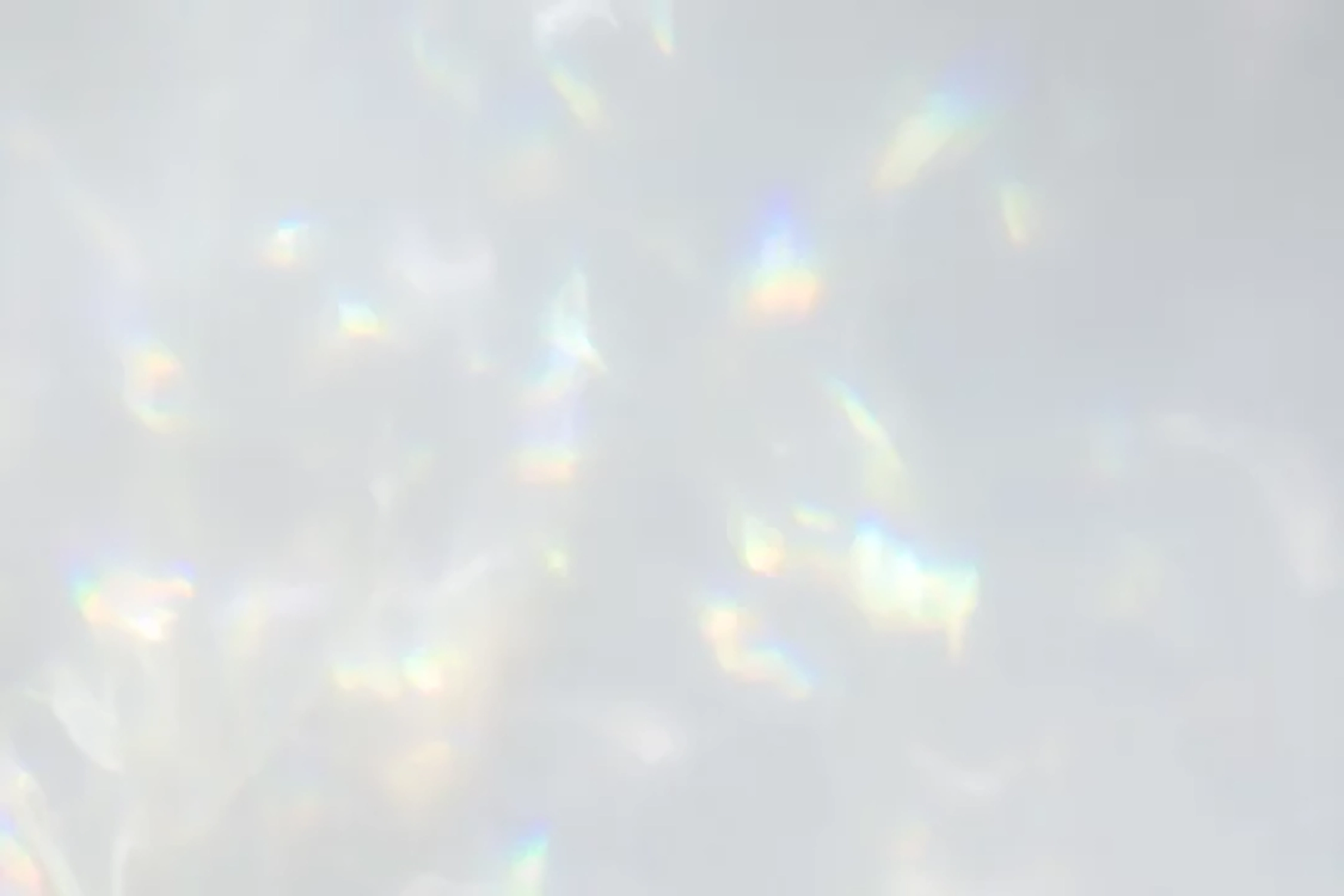Photoshop Composite Image
- liaavidan
- Feb 17, 2023
- 3 min read
Updated: Mar 31, 2023
This week, my Media Studies class and I practiced creating composite images in Photoshop. We started by making a soccer player composite image to become familiar with this process. We then applied this knowledge to create a composite image in our magazine genre. A composite image involves two or more images to add more detail and meaning to the existing picture.
I had an overall pleasant experience in making composite images and using Photoshop. I enjoyed expressing my creativity and learning a few of the numerous tools in Photoshop. These tasks made me realize the intricacy, effort, and time composite images entail. I also learned the importance of little details—such as changing gradients and vignetting— on its final product. Regarding the composite image in my magazine genre (Cooking, Food, and Beverage), I gained knowledge on the components of food photography and essential props for enhancing photos in this genre; this knowledge is necessary for considering the details I may want to add when editing images for my magazine. Therefore, my experience making composite images and using Photoshop was enjoyable and educational.
Composite Image Practice

My classmates and I learned the basics of compositing images in Photoshop via a tutorial on creating a soccer player composite; we combined four images—a stadium, a soccer player, overlay clouds, and overlay texture—to reach my final product above. The main Photoshop tools we used to create this image were the Quick Selection tool, Brush tool, Gradient tool, Select Mask Workspace, and Camera Raw.
Composite Image in My Genre

My composite image consists of eight photos, from a placemat to utensils to flowers. I used images from Google, except for my homemade oreo cheesecake that I photographed; I intentionally chose photos with specific colors to match the color scheme of my magazine (white, pink, gray, and black). When creating my composite image, I used the Move tool, the Quick Selection tool, the Brush tool, the Gradient tool, Select Mask Workspace, and Camera Raw.
The Images I Used In My Composite Image (from Google)
Documentation of My Progress
I started by using the Quick Selection tool to select the oreo cheesecake and isolate it from its background. I then used the Select Mask Workspace to refine the edges of this selection and placed it on the marble background (image 1). I repeated this process for the other images, as displayed in image 2 with the white plate. I used the oreo cheesecake image from image 1 to isolate a slice of cheesecake, again using the Quick Selection tool and the Select Mask Workspace (image 3). Image 5 shows the addition of utensils in my composite image. This step was challenging when using the quick selection tool, especially on the fork with its ridges and its light gray colored background. When using the Quick Selection tool, Photoshop would touch up my selection. It would often be at unnecessary times; for example, when I tried to select the ridges on the fork using the Quick Selection tool, it would highlight unnecessary parts of the background. Therefore, using this tool was sometimes frustrating as it took many tries to achieve my intended result. Image 8 is of the addition of overlay light. Lastly, image 9 shows the addition of a pink gradient at the top right and bottom left corner; it is also the completed composite image in my genre.
Although I experienced a few problems while using Photoshop to create the composite images, I overcame them with trial and error. Overall, this lesson was fun and informative, and I learned a lot about Photoshop and its tools.







































Comments